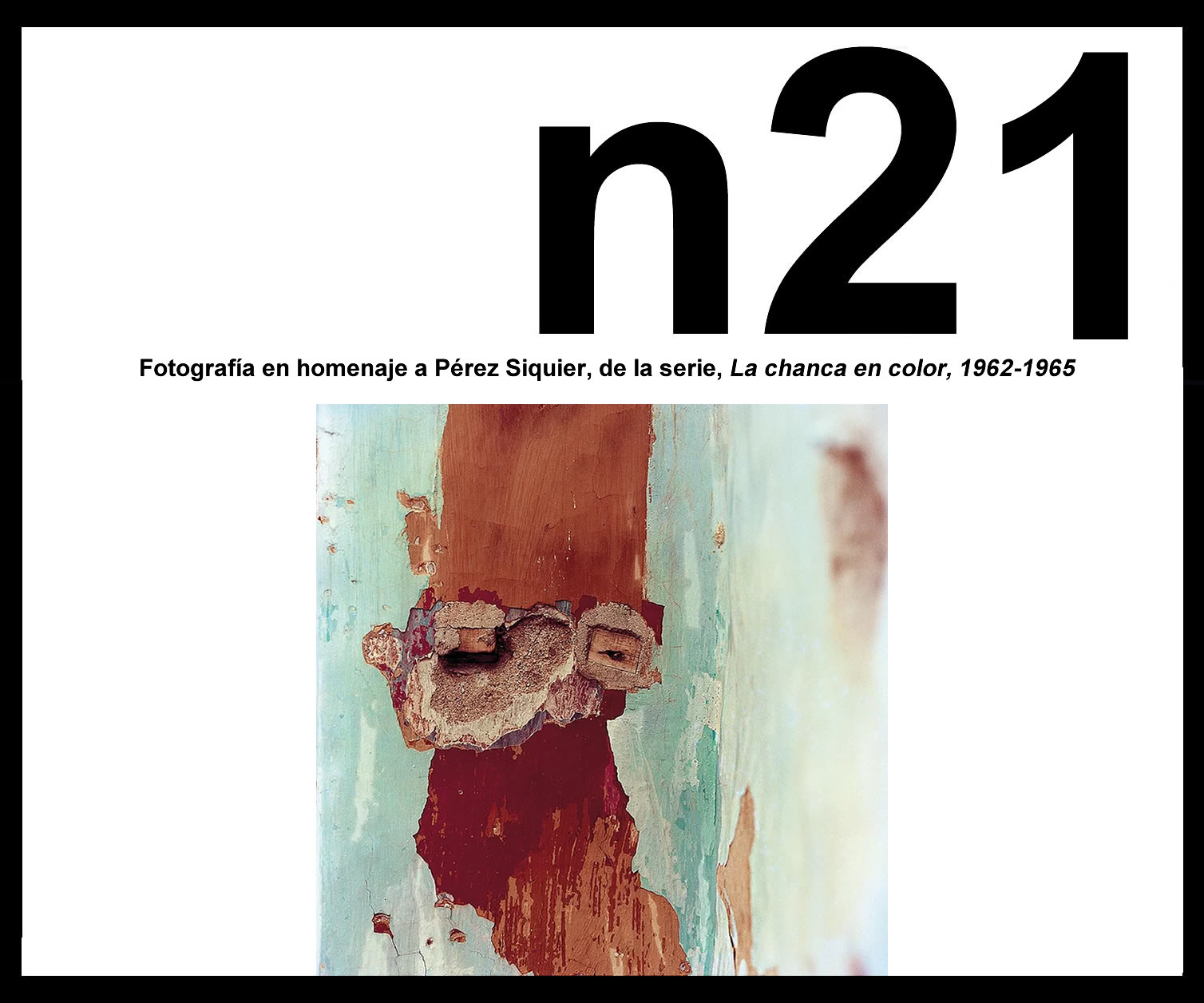Abstract
Art is the affirmation of what is real in the subject, and this affirmation is what is proper to the party. Any other interpretation is reactive, i. e. nihilistic. As strength, or as power-of-being, existence is affirmed and expressed aesthetically; morality is an obstacle, a setback, a weakening, a loss of power. Nietzsche opposes his master Schopenhauer, who maintains an expectant and distrustful attitude before the Will and who sees in art –as in morals or religion– a kind of shelter safe from his storms. Because it is not a question of escaping from existence –of saving oneself– but of justifying one's way of being. To affirm oneself aesthetically means to forget about the world, to sink into loneliness and incommunication. The real is affirmed in the subject aesthetically, and the ethics of this particular subject are ultimately reduced to endorsing that affirmation –or contravening it.
References
Bacon, Francis, Novum Organum, Madrid, Sarpe, 1984.
Lemm, Vanessa, Nietzsche y el pensamiento político contemporáneo, México, FCE, 2011.

This work is licensed under a Creative Commons Attribution-NonCommercial-ShareAlike 4.0 International License.
Copyright (c) 2021 Sergio Espinosa Proa

